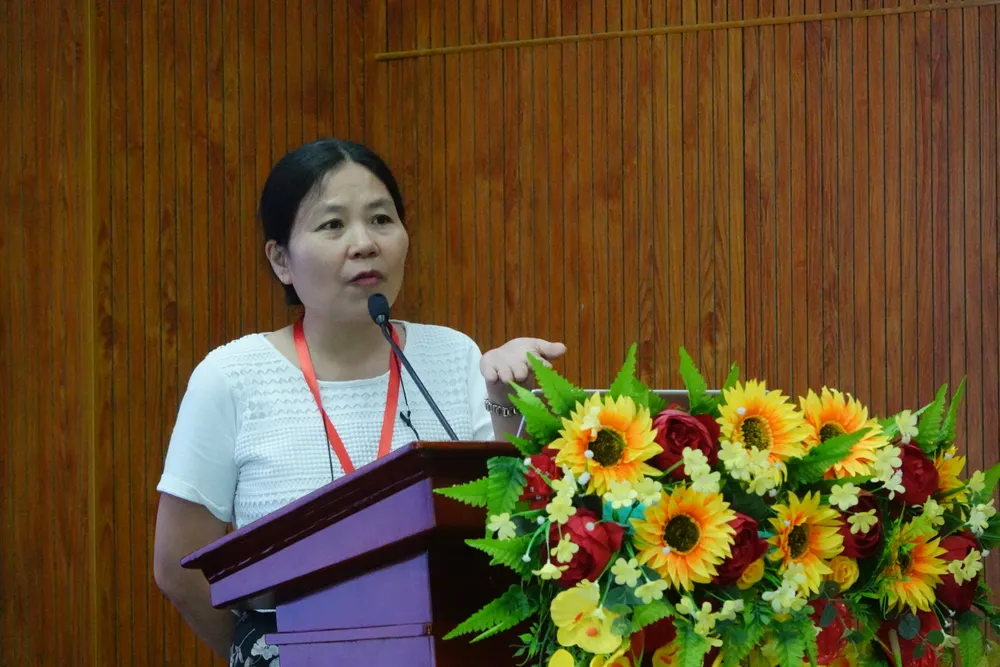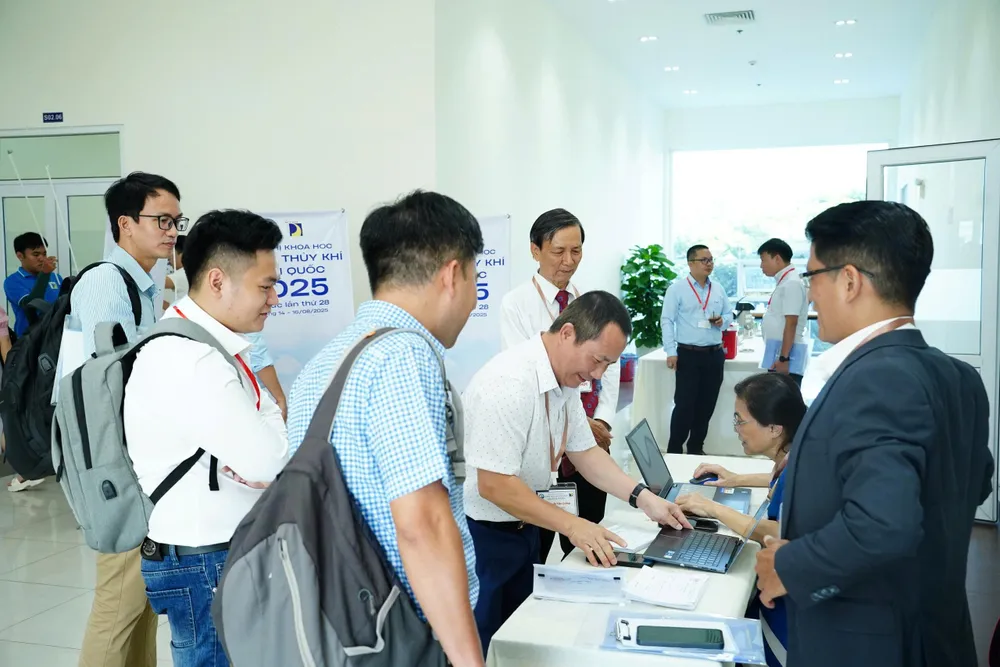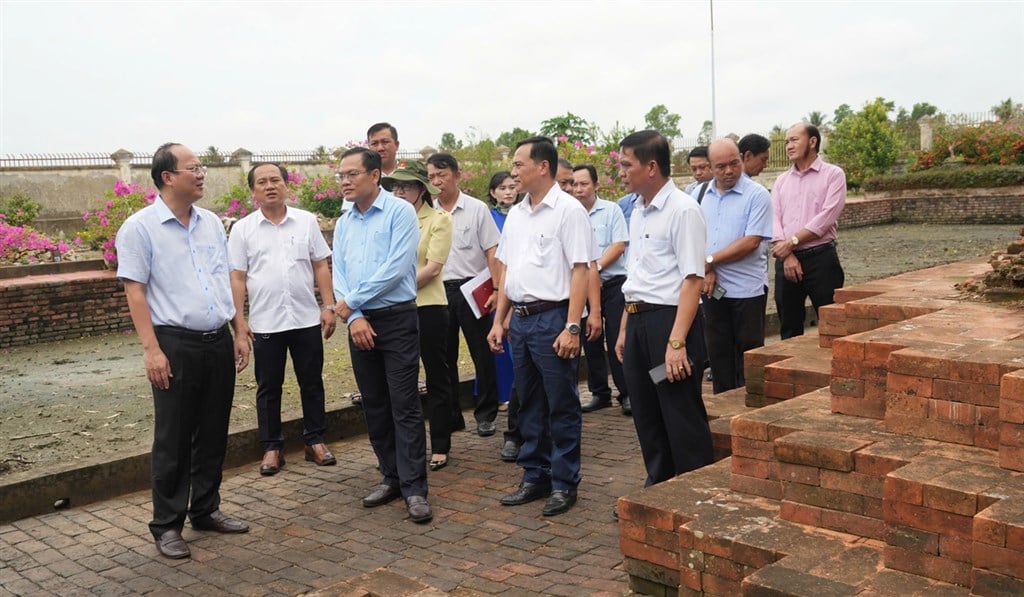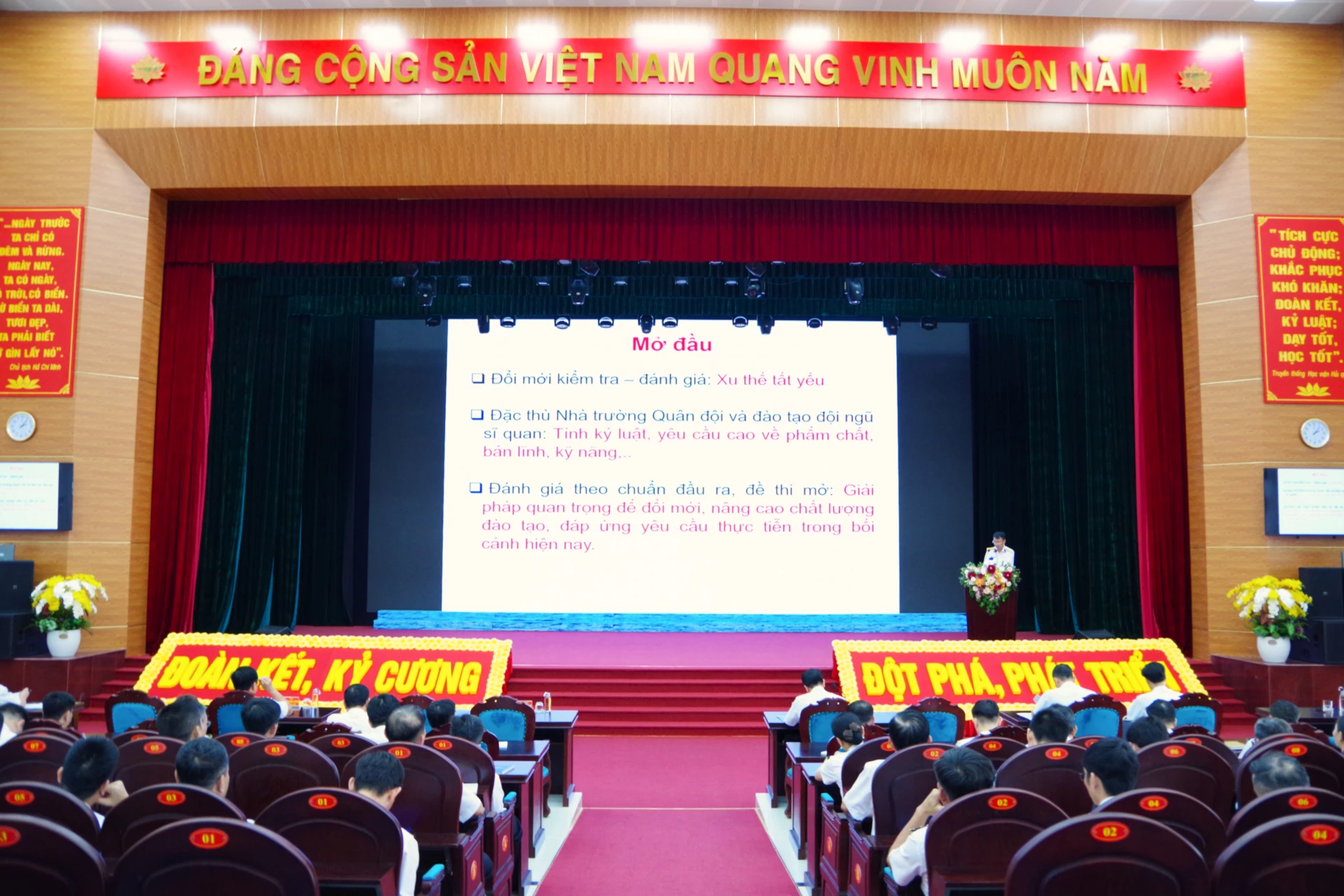
On August 14, at the 28th National Conference on Hydromechanics (VCFM28), the group of authors Le Hung, To Thuy Nga and Nguyen Thanh Phat, Faculty of Hydraulic Construction, University of Science and Technology - University of Danang shared the topic "Urban flooding in Da Nang City: Current situation, challenges and solution orientation".
According to the research team, Da Nang is facing an increasing risk of flooding due to a combination of factors: climate change, extreme rainfall, rising sea levels, rapid urbanization and overloaded drainage infrastructure.
Over the past 10 years, many rainfall events exceeding 80mm/hour have occurred, far exceeding the design frequency of existing sewer systems. Drainage standards and planning are still based on old data, not updated in reality, while downstream conditions are complex with the simultaneous impact of tides, storm surges and floods from upstream.

Associate Professor, Dr. To Thuy Nga said that many heavily flooded areas such as Nam Tran Street, Trung Nghia Lake area, Phu Loc River, airport area... are affected by "bottlenecks" and inappropriate culvert elevation and downstream water level.
Upgrading is difficult due to existing infrastructure, previous planning or high costs. Meanwhile, some important pumping stations have not yet reached their full capacity, have inadequate designs or have not been fully invested.
According to Dr. Le Hung, the key point is to clearly identify the main causes of flooding in order to prioritize resources for treatment and avoid spreading investment. In the next 5-10 years, Da Nang's biggest challenge is that drainage infrastructure cannot keep up with the fluctuations of rain and tide, while renovation conditions are constrained by planning and current construction status.
The research team proposed short-term solutions including: adding and upgrading pumping stations at Tran Thi Ly and Ong Ich Khiem; proactively lowering the water level of the reservoir before heavy rain; expanding bridges, culverts, and canals in Thanh Nghi, Da Co, Thanh Vinh, Nguyen Nhan, and Cach Mang Thang Tam to remove the "bottleneck".
In the long term, it is necessary to expand the sea discharge gates at Nguyen Tat Thanh, Phung Hung estuary and Ho Quy Ly; invest in new sewers and canals combined with flood-cutting pumping stations; synchronously handle major flooding points such as Me Suot, Phuoc Ly lake, Thac Gian - Vinh Trung; at the same time, update drainage design standards closer to reality and increase the role of hydrological - hydraulic experts in project appraisal.
Response work includes creating flood maps and plans to evacuate people according to risk levels; deploying a smart warning system connected to the Smart Operations Center; applying AI to forecast floods 6-12 hours in advance to support the operation of lakes, pumping stations and provide timely information to people.

VCFM28 was organized by the Vietnam Association of Hydraulic Mechanics, University of Science and Technology - Danang University, with the participation of more than 100 delegates.
During the 2 days, the event gathered 91 scientific reports, presented in 6 thematic subcommittees including: Basic Hydraulic Mechanics; Industrial and Environmental Hydraulics; Climate Change and Disaster Prevention; River-Sea Dynamics and Infrastructure; Computational Hydraulic Dynamics; Aerospace.
The conference is a forum for sharing research results and advanced technological solutions, promoting cooperation between universities, research institutes and businesses, towards sustainable development in the context of Industry 4.0.
Source: https://www.sggp.org.vn/thoat-nuoc-do-thi-da-nang-chua-bat-kip-bien-dong-khi-hau-post808397.html






























![[Photo] An Phu intersection project connecting Ho Chi Minh City-Long Thanh-Dau Giay expressway behind schedule](https://vstatic.vietnam.vn/vietnam/resource/IMAGE/2025/8/21/1ad80e9dd8944150bb72e6c49ecc7e08)
































![[Photo] Politburo works with the Standing Committee of Hanoi Party Committee and Ho Chi Minh City Party Committee](https://vstatic.vietnam.vn/vietnam/resource/IMAGE/2025/8/21/4f3460337a6045e7847d50d38704355d)

































Comment (0)